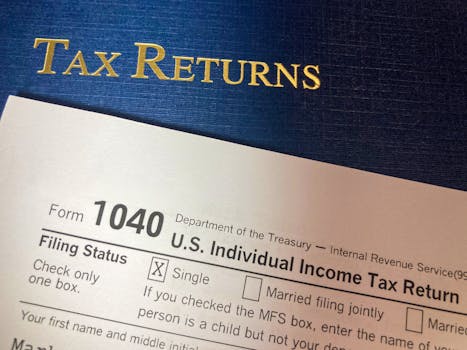Personal Finance
Student loans: how they work, forgiveness, and refinancing
Discover how US student loans work, explore forgiveness options, and learn when to refinance. This student loan guide provides practical tips for smart, stress-free repayment strategies.
Advertisement
Understanding the Main Types of Student Loans in the US
Federal Student Loans: Core Elements and Borrower Rights
Private Student Loans: When Federal Aid Isn’t Enough
| Loan Type | Typical Borrower | Main Benefit | Main Drawback |
|---|---|---|---|
| Federal Subsidized | Undergraduates | No interest during school | Annual limits |
| Federal Unsubsidized | All students | No credit check, flexible | Interest accrues at all times |
| Parent PLUS | Parents of students | Covers full cost of attendance | Higher interest rate |
| Private Loans | Creditworthy students/cosigners | No federal borrowing limit | Less repayment flexibility |
| Perkins (now phased out) | Low-income students (pre-2017) | Low fixed interest | No longer available to new borrowers |
Loan Repayment Timelines and Monthly Payment Strategy
Typical Repayment Paths for Federal Loans
Adapting Payments After Graduation or Hardship
- Create a budget first, then match payment plan options—this ensures spending fits real life before signing contracts noted by any student loan guide.
- Set up autopay to access interest rate discounts—frequent advice across every student loan guide and lender’s FAQ section.
- Mark recertification dates for IDR plans—missed deadlines mean defaulting to higher payments per your student loan guide’s instructions.
- Request a graduated plan if you expect raises—official student loan guide calculators help visualize future changes before you commit.
- Contact lenders early about hardship—being proactive avoids damage to your student loan guide profile and credit score.
Reevaluating Your Plan Annually for Best Results
- Update income with servicers to keep IDR payment levels accurate—student loan guide alerts ensure documentation matches reality.
- Use benefit calculators—student loan guide tools forecast interest savings and compare payoff dates before making changes.
- Mark your calendar for recertification window reminders—continuous updates keep your loan status and protection active in every student loan guide system.
- Consider lump-sum payments with windfalls—your student loan guide can simulate the effect on interest and total term reduction.
- Contact servicers at least yearly—even a short call can uncover new repayment plan features or forgiveness programs that your current student loan guide overlooks.





